Fossil fuels – coal, oil and gas – currently account for the lion’s share of harmful greenhouse gas emissions, such as carbon dioxide, as they are burned to produce energy. Derived from natural sources that are replenished at a higher rate than they are consumed, renewable energy, on the contrary, is key to addressing the climate crisis. Each of them harnesses one or several of mother nature’s resources: wind, sun, water, and flora.
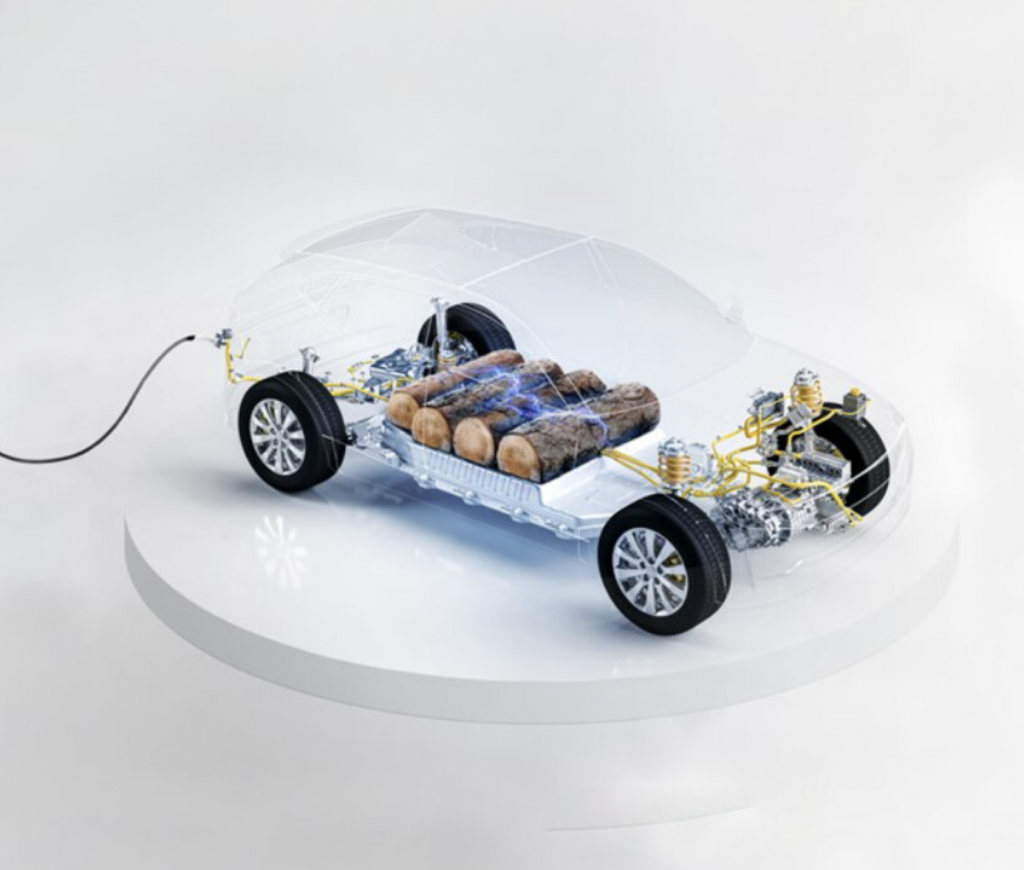
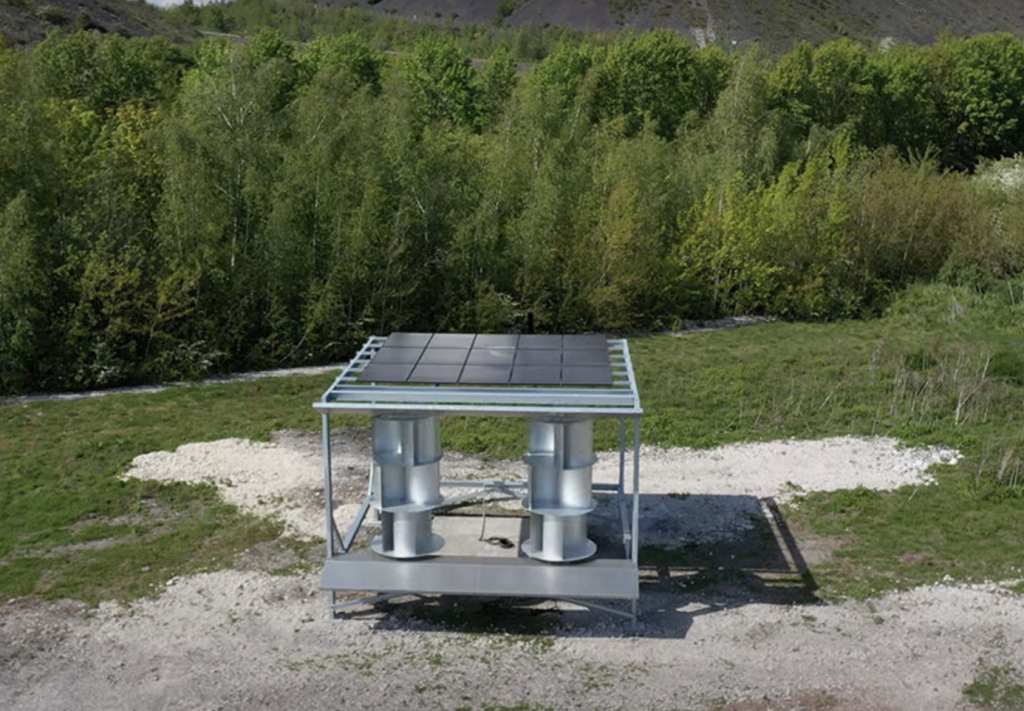
Unéole hybrid energy system
French startup Unéole has developed a silent, mixed-energy system that combinestwo renewable power sources – sun and wind. Comprised of wind turbines topped with photovoltaic panels, the proposed mechanism generates by 40% more energy compared to a pure solar solution and eliminates dependence on weather solutions.
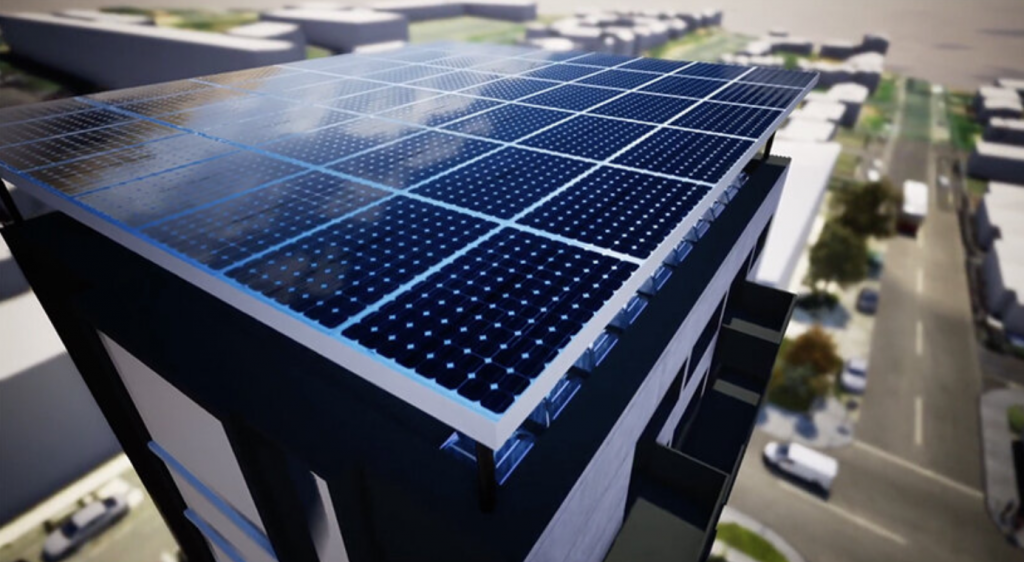
Unéole hybrid energy system
As photovoltaic efficiency relies on solar radiation, wind turbines can take over at night or during winter when radiations are usually weak, maximizing production across all seasons and times of day, which makes the project an ideal renewable energy system.

Unéole hybrid energy system
According to the team, he Unéole hybrid energy system offers the most profitable, balanced and least expensive urban renewable energy production system in carbon cost. To ensure a low-carbon footprint, the wind turbines are built from recycled or recyclable materials (aluminum and stainless steel) and close to the operating site, promoting local production.
The system is specifically adapted to city buildings and adopts specific algorithms to determine the ideal number of wind turbines and photovoltaic panels for each type of building. Besides, the wind turbines operate silently without producing any harmful electromagnetic waves for both humans and building equipment.
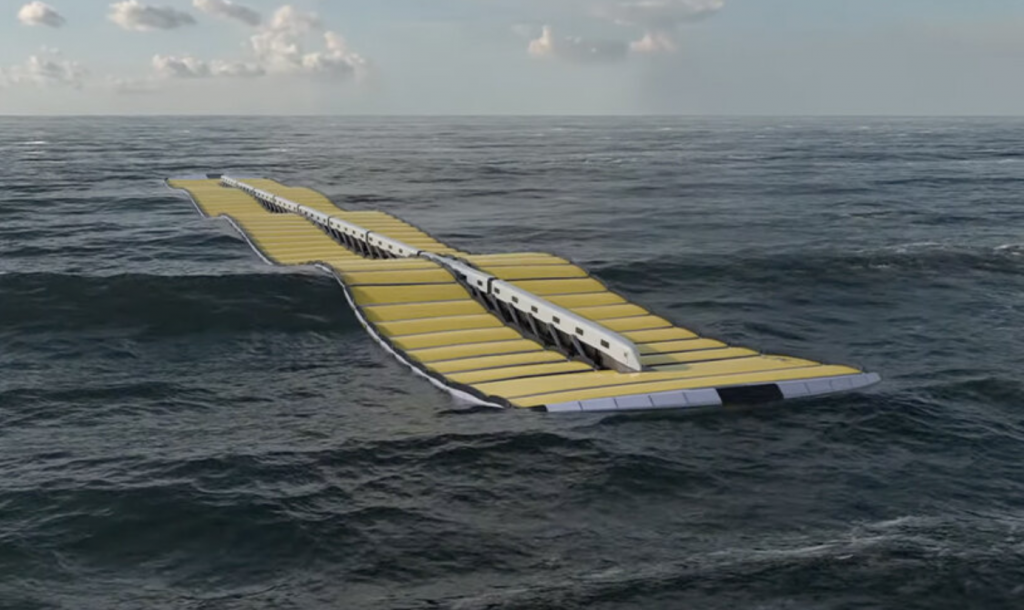
Waveline Magnet by Sea Wave Energy Limited (SWEL)
The UK and Cyprus-based R&D company Sea Wave Energy Limited (SWEL) has released a concept of its own affordable and low-maintenance alternative to fossil fuels. Titled the Waveline Magnet, the innovative Wave Energy Converter (WEC) comprises several floating platforms linked via a spine-like central power system, which – as its name suggests – harnesses the power of waves.
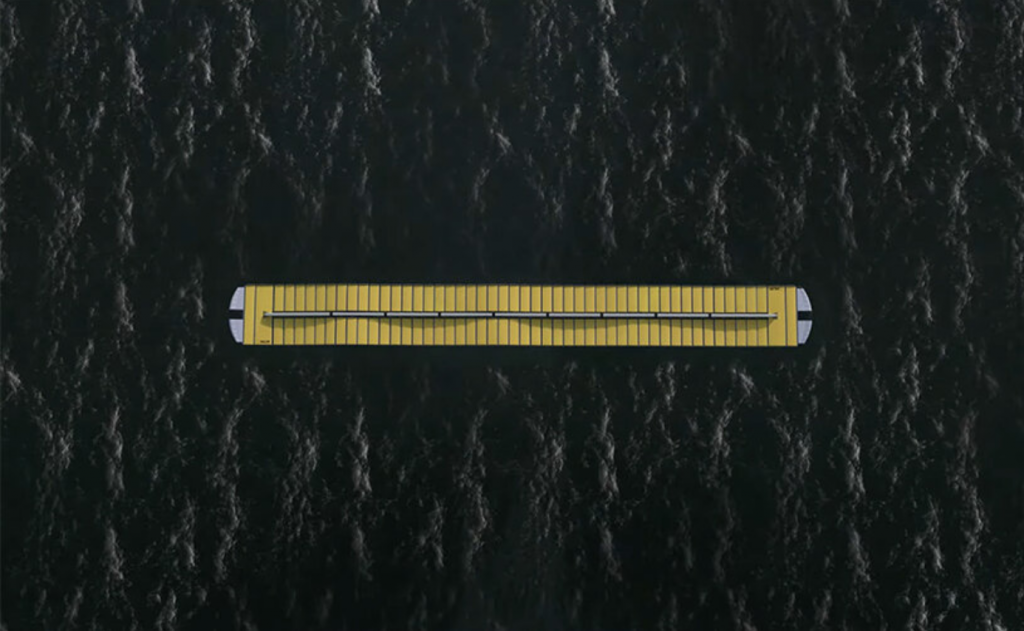
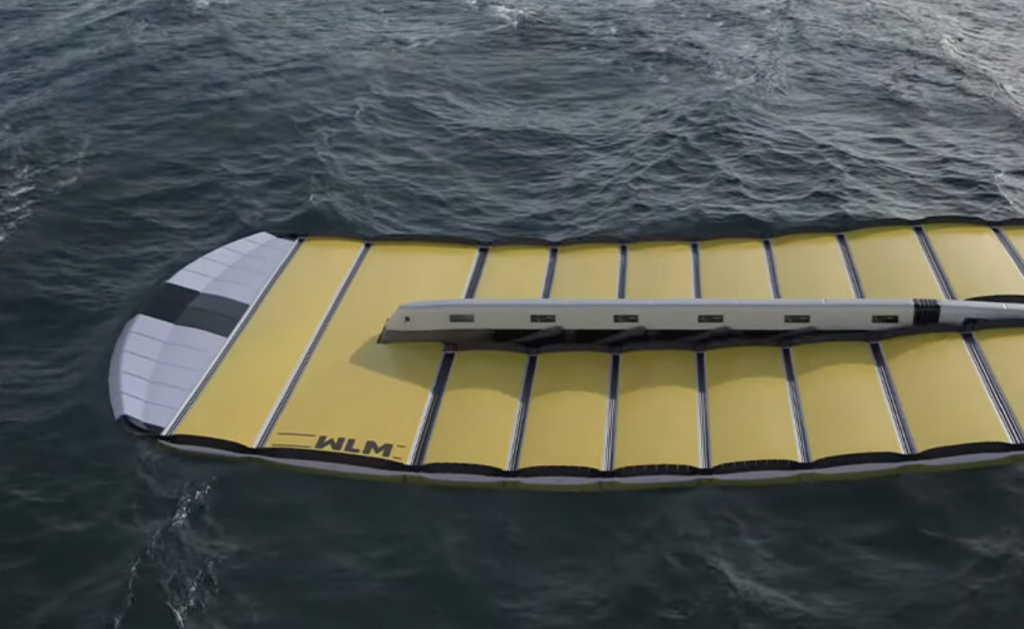
Waveline Magnet by Sea Wave Energy Limited (SWEL)
The lightweight modular system follows wave movement, which allows for regulating how much energy is extracted from the wave in a controlled manner. Although a few centimeters thick, WEC is robust enough to withstand any water environment, making it a safe platform for users to ride on. Due to its simple design, the system is easy and cost-efficient to manufacture and transport, as well as to repair and maintain. Besides, it can be built using recyclable materials like reinforced plastics.
SWEL has developed and tested their devices in wave tanks and live sea environment. The R&D indicates that even in its current development state, the Waveline Magnet can produce substantial power levels at an exceptionally low cost, competing even with non-renewable sources. SWEL claims that a single ‘Waveline Magnet’ device, scaled to suit the wave climate at EMEC, would satisfy more than the hub’s current grid-connection capabilities.
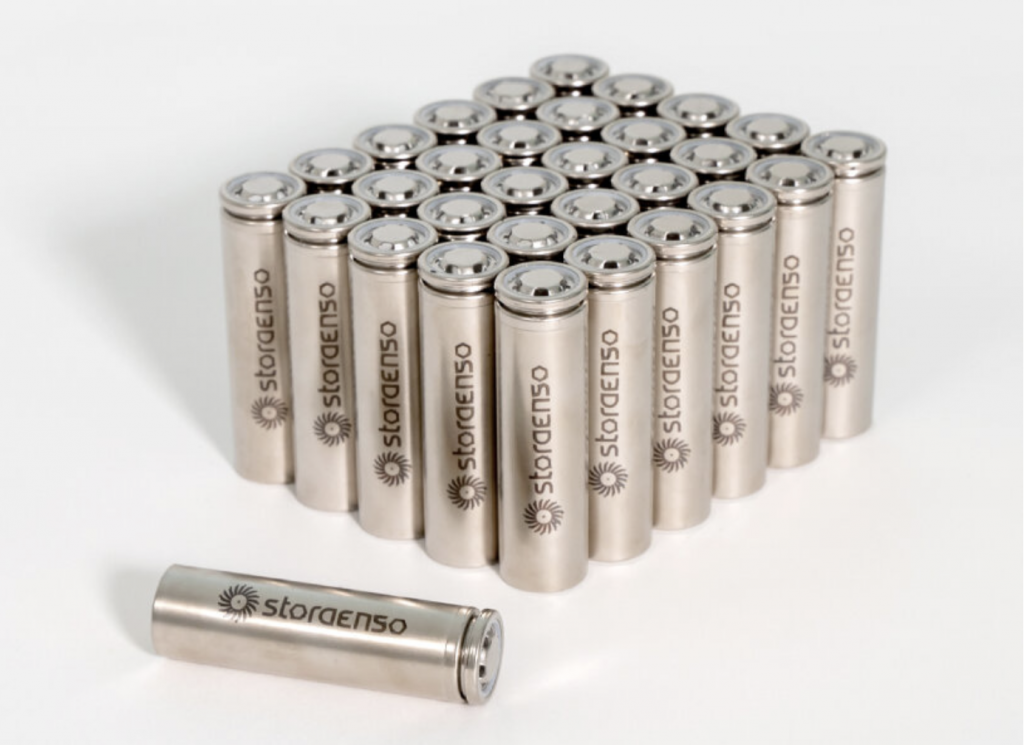
Lignode by Stora Enso (also header image)
Stora Enso, a renewable-materials company based in Helsinki, uses batteries made from trees to power up electric vehicles.
The company explains that a conventional lithium-ion battery consists of a positive electrode, a cathode, and a negative electrode called an anode. When a battery is charged, lithium ions in the cathode move into the anode, where they connect with the carbon particles and are stored until the battery is discharged. The material used in the batteries is often graphite carbon, whose emissions harm the environment and can contribute to the slow charging times of the batteries.

Lignode by Stora Enso
Stora Enso has replaced the fossil-based graphite with hard and refined carbon from trees, specifically lignin, a binder that gives wood its stiffness and resistance to rotting. Lignin is a by-product of cellulose fiber production, which the company then refines into a fine carbon powder, which serves as an active material for the negative anode of the lithium-ion battery named Lignode.
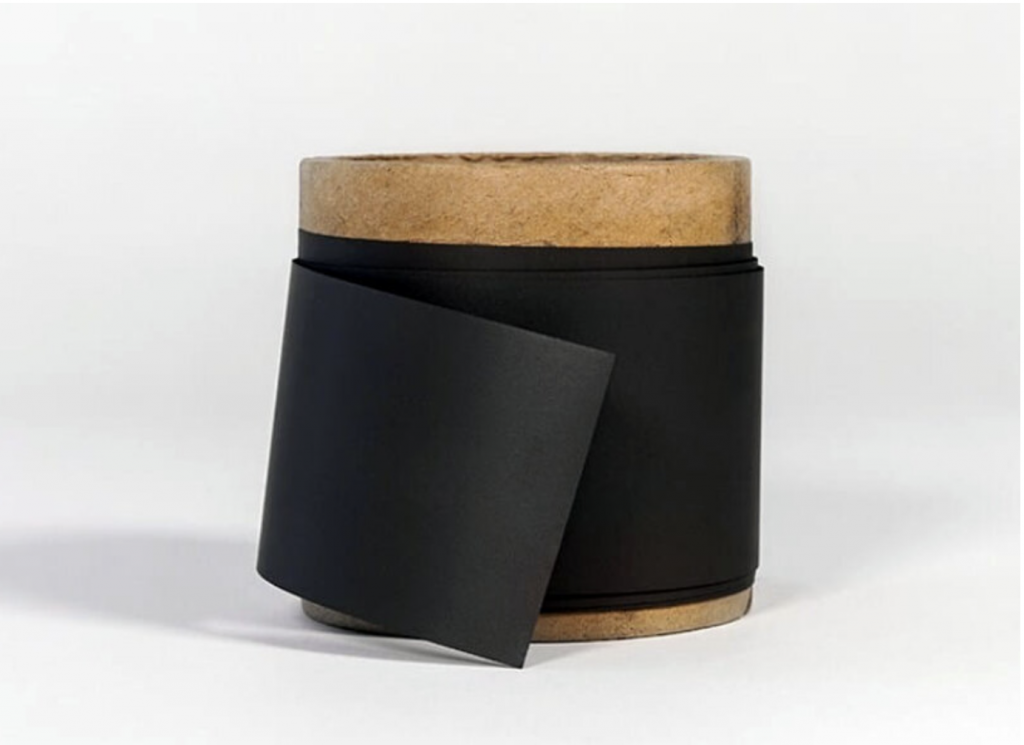
Lignode by Stora Enso
By replacing the fossil-based graphite with hard and refined carbon from trees, electric vehicles can benefit from more environment-positive charging and more manageable electrification based on the current standards of living.
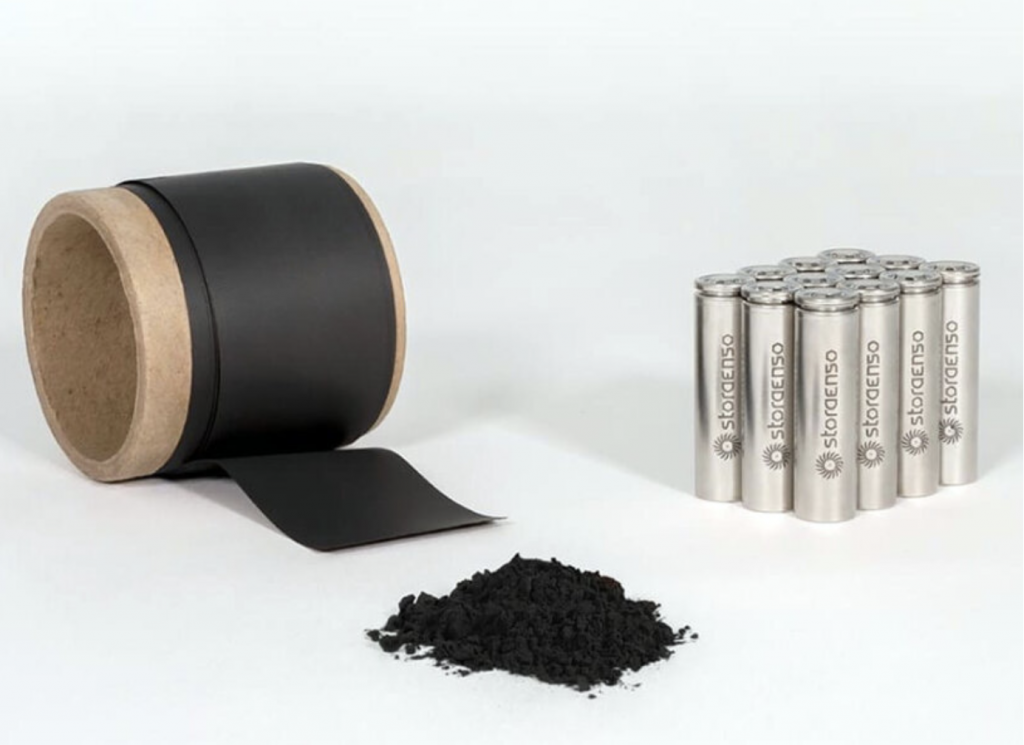
Lignode by Stora Enso
With Lignode, the company hopes to provide a bio-based, cost-competitive, and high-performance material to replace the conventionally used graphite. The target is to offer what the company calls the most sustainable and lowest-impact anode material available, to meet the eco-friendly mindset of future consumers.